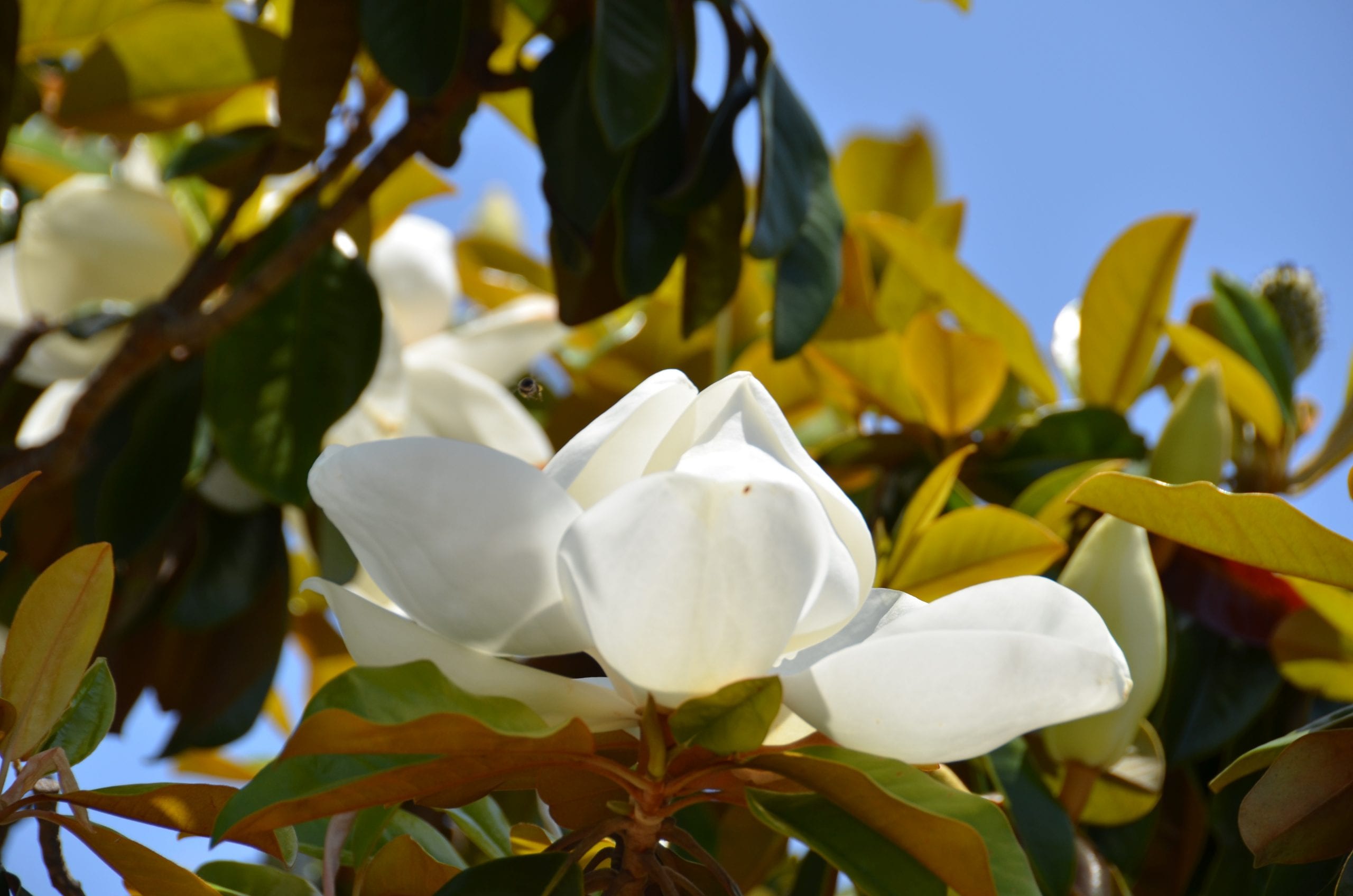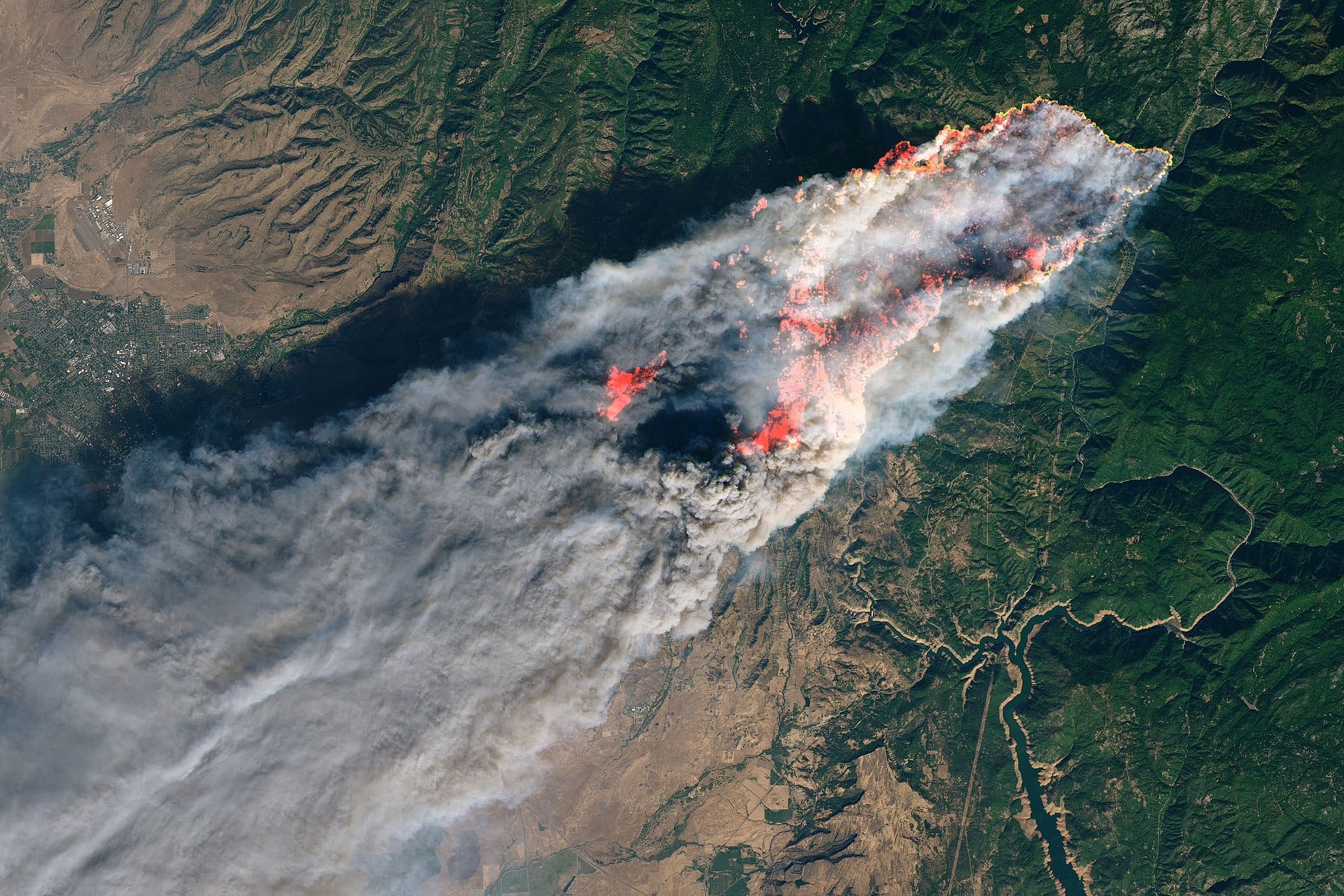Part II of the series exploring plant chemistry through different lenses.
Plants are the perfect embodiments of natural selection – they can't just get up and move; so whatever adversity they face, they generally have to stick it out. It leaves the strongest individuals to survive while the weaker ones perish. This situation warrants some extreme (and creative!) adaptations. For example, Venus Flytraps evolved into their famously carnivorous lifestyle because their ancestors were bound to nutrient-deficient soil and eventually formed a mouthlike structure to catch their nutrients. Cacti's cylindrical shape were molded by harsh desert conditions – the conical structure allows for the least amount of surface area to be exposed to the sun, thereby reducing the amount of heat and water stress they experience. But there's an invisible adaptation that plants have developed over their evolutionary journey: communication. Perhaps not communication in the way that we're familiar with, but plants have an intricate system of relaying critical messages; and those messages are right under our noses.

Inaudible alarm systems
Think of the distinct smell of freshly cut grass. That smell is due to tiny molecules called volatile organic compounds (VOCs), which are being released into the air once the leaf tissue breaks. These VOCs act as a signal that can travel to other neighboring plants, relaying a range of messages. To put it as a chemical ecologist once explained to me, “Freshly cut grass is the smell of plant screams.†These screams aren't into the void, they actually elicit responses.
The “screams†that neighboring plants are “hearing†are like a chemical alarm to other plants nearby. Some emit signals to tell their neighbors about an impending attack, allowing the plant receiving the signal to amp up its defense mechanisms in hopes of a better chance at survival. Plants can even call on insects to do the fighting for them. In an example of well-tuned coevolution, some plants can recognize the saliva of their insect attacker. That recognition in turn produces a specific VOC response, which calls on the attacker's predator. This interaction is commonly seen with parasitic wasps and caterpillars – the caterpillar's chewing triggers a VOC from its leafy lunch, attracting the deadly wasp, making a lunch of itself for the wasps.
On a less morbid note
Apart from warning signals and calls for help, VOCs are responsible for the delightful smell of flowers. Of course flowers didn't evolve just to please our olfactory senses (or did they?), but a flower's scent is an amalgamation of VOCs that act as a chemical billboard for pollinators. Pollinators can discern complex mixes of VOCs from specific plants and track them down over long distances. This is especially useful for plants that rely on a specific pollinator to reproduce. For example, a species of Magnolia tree has been found to release a very specific compound that only seems to attract the beetle that pollinates it. Since these chemical signals are often specific to a given pollinator species, it could explain why plants pollinated by bees and butterflies smell different to us compared to plants pollinated by bats and moths.

The complex world of plant chemical ecology is just starting to unravel, as scientists not only look at how plants communicate with each other but how we can use their evolutionary adaptation to our advantage. These VOCs are so effective that their uses in agricultural settings are starting to be explored – possibly leading to a more sustainable way to protect crops from natural enemies. So remember, when you smell freshly cut grass or the sweet wisteria that is just starting to bloom, you're smelling the finely-tuned product of evolution and a quick whiff of the secret world of plant chemistry!
About the Author
Simone Lim-Hing is a postdoctoral researcher at the University of Georgia Warnell School of Forestry and Natural Resources studying the host response of loblolly pine against pathogenic fungi. Her main interests are chemical ecology, ecophysiology, and evolution. Outside of the lab and the greenhouse, Simone enjoys going to local shows around Athens, playing Mario Kart, and reading at home with her cat, Jennie. You can reach Simone at simone.zlim@uga.edu or on twitter @simonelimhing. More from Simone Lim-Hing.
- Simone Lim-Hinghttps://athensscienceobserver.com/author/simone-lim-hing/March 11, 2024
- Simone Lim-Hinghttps://athensscienceobserver.com/author/simone-lim-hing/March 18, 2021
- Simone Lim-Hinghttps://athensscienceobserver.com/author/simone-lim-hing/April 1, 2020
- Simone Lim-Hinghttps://athensscienceobserver.com/author/simone-lim-hing/








